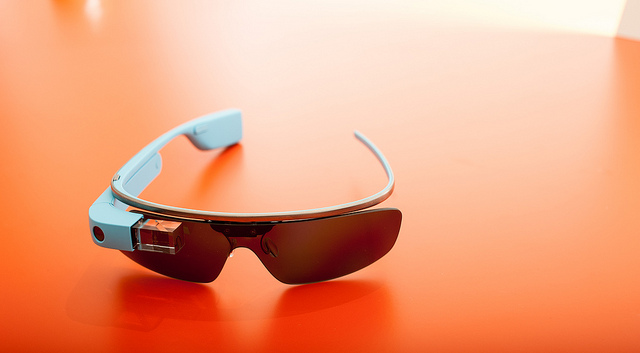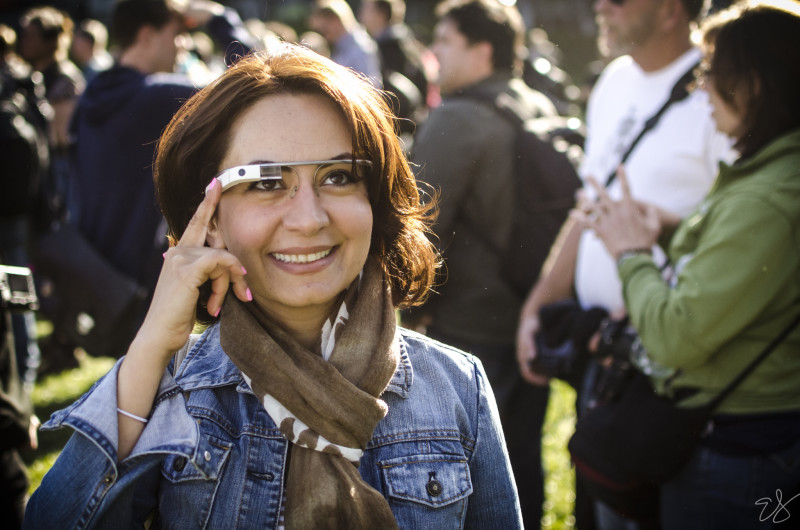The journey of Google Glass can teach any entrepreneur valuable lessons about brand strategy. From highly anticipated technology breakthrough, to famous retail flop criticized for its appearance, to its recent and more promising reincarnation as a business tool, Glass has seen a lot of action in its two-year life span. In a market exploding with wearable technology, how did a hands-free computer from one of the biggest tech companies on the planet flop so spectacularly?
From a marketing perspective, Google made some interesting choices in launching this amazing device that may have worked against it:
No official product launch: Glass wanted to be seen as hip from the get-go, so prototypes were given to early adopters and celebrities, in the hopes that the mystique would drive consumers to happily shell out $1500 for the hot new tech-cessory. This may have been the case, but consumers were never tuned in to an actual product release date—or where they could purchase the product. Google should’ve taken a page from Apple’s playbook in creating buzz about new products with a well-known release date.
No clear brand messaging: The amazing potential of Google Glass got muddled somewhere between celebrities wearing them and consumers not knowing exactly why they needed them. The device looked sci-fi at best (or geeky at worst) and Glass’ myriad features were lost amid criticism of the frames’ appearance. Essentially, the capabilities of the product were lost amidst the noise. Instead, Google could have marketed their product’s amazing features more effectively through a clear advertising campaign.
Google Glass is now under the leadership of Tony Fadell, whose track record as Nest CEO and Apple product designer are good omens for Glass’ reincarnation. Fadell’s team took Glass’ initial failure as an opportunity to pivot the product away from a consumer market to other industries where the complex technology would be more relevant, including the doctor’s office. This summer Google issued a quiet relaunch of Glass, not as a trendy wearable device, but as a business tool equipped to save lives in the emergency room.
So what can entrepreneurs learn from Google Glass’ about-face?
Turn setbacks into opportunities: As a tool used exclusively in business settings, Google has found a way around the initial issue of privacy. Consumers were not happy with Glass’ ability to discreetly record video in public places. The new iteration of Glass will be used in business settings for internal video transmission. Picture a doctor live streaming a surgery to colleagues and medical students, or a technical engineer in the field receiving live feedback from colleagues in the office. In these cases, live-stream video will be an invaluable tool.
Learn from Criticism: Fadell has been tasked with making Glass more user-friendly and attractive. Reported updates include making the device waterproof, foldable, and equipped with a better battery. If a consumer version is relaunched in the future, Glass will likely take into account its many aesthetic criticisms, too.
Target the right audience: While it didn’t work for a consumer market, Glass has found a new home with enormous potential in the medical, manufacturing, and energy fields. According to research firm Gartner, the market for head-mounted displays is expected to reach a cumulative 25 million units by 2018. The lesson here is that sometimes what begins as a B2C product evolves into B2B applications.
From its not-so-humble beginnings as a celebrity accessory to its quieter success as a lifesaving tool in the ER, Google Glass has had an interesting journey so far, with more pivots likely to come as the product continues to evolve.
Photo credits: Flickr/Erica Joy; Pixabay


